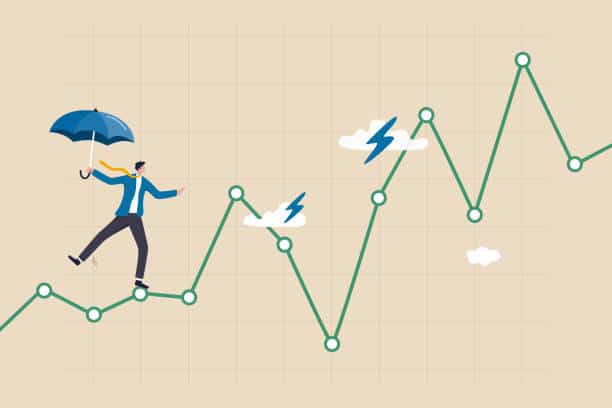When investors and traders use algorithms to automate their trading decisions, the computer is instructed to enter and exit deals only when certain conditions are met. Systems are programmed with instructions to make transactions automatically, without human interaction. Investors greatly benefit from the reduced time spent waiting for trades to be executed, which allows them to make more deals overall.
When It Comes To Trading, How Is Algorithmic Trading Implemented?
The practice of algorithmic trading is a cutting-edge method that relies on complex computer code and mathematical algorithms. Humans have developed programmes that direct computers to respond to specific scenarios. Computerised market assessments are accurate thanks to carefully crafted mathematical models and algorithms. For instance, traders could open and close or enter and exit deals based on the results of an automated study.
Scalping, the practice of rapidly buying and selling assets to profit from tiny price fluctuations, is a common use of algorithmic trading. Therefore, traders may take part in several transactions throughout the day and profit from the rapid trade execution. Currency markets, including forex, and crypto and bitcoin trading bots https://the-coin-kong-trader.com, are dominated by algorithmic trading in addition to stock markets.
Techniques Of Algorithmic Trading
Programmers behind trading algorithms use a wide variety of methodologies to create programmed instructions that allow the algorithm to consistently provide profitable results. Here are a few examples of algorithmic trading approaches:
Detection of Trends
Algo trading is primarily driven by the first strategy, identifying trends. You may use the codes to decipher market movements based on price, support, resistance, volume, and other variables. Automated methods are more likely to spot true trends as algorithms get more tech- and formula-oriented.
Mean Regression
The method that tracks a stock’s typical highs and lows to determine whether or not it’s a good investment. The programme forecasts the price at which equities are expected to be traded based on historical price movements. The transaction may be finalised if and when prices climb as anticipated. In contrast, equities whose values often deviate widely from the market average are seen as riskier investments.
Arbitrage
Investors can take advantage of arbitrage using the automated trading tool. Acquiring securities that are traded on two exchanges simultaneously is an example of arbitrage. Investing in many markets at once allows for quick transaction execution and the possibility of profiting from price differences between them.
Investors Can Use The Index Fund To Track The Market
As a result of the inherent volatility of the assets in a portfolio, the portfolio itself is subject to regular revision. As a result of this rebalancing, dealers may more effectively use algorithmic trading to close transactions and increase their profits. In a nutshell, the rebalancing of portfolios aids investors in acquiring equities at optimal times, at the lowest possible prices, and with the fewest possible transaction costs.
Components
Algorithmic trading cannot function without a human mind and the necessary technology and software. You require a comprehensive understanding of programming for algorithms to function as programmed instructions. The finest resource for producing coded instructions for algorithmic trading using if-else and other clauses is human brains with programming abilities.

Pros of Algorithmic Trading
-
Reducing The Effect On The Market
It’s possible that a significant trade will cause the market price to shift. Because of the way it affects the price in the market, this type of transaction is called a “distortionary trade.” Large positions, which may cause the market to move in increments, are often opened by traders in order to prevent such a scenario.
If an investor wanted to acquire a million Apple shares, they could do so in 1,000-share increments. The trader may purchase 1,000 shares of Apple stock every 5 minutes for an hour before assessing the effect of the transaction on the stock’s price. The investor will keep buying if the price does not change. Using this method, the investor may acquire Apple stock without paying a premium.
In order to tackle the issue, a trading algorithm can buy shares and immediately assess whether or not the acquisition has affected the market price. It can drastically cut down on the time and number of transactions required to finalise the deal.
-
Rule-Based Decision-Making Is Guaranteed
Investors and traders are prone to letting their emotions get the better of them and making rash decisions. The financial markets, for instance, displayed warning indicators prior to the onset of the 2008 Global Financial Crisis. Investors who were swept up in the “bull market frenzy” of the mid-2000s and didn’t think a catastrophe was conceivable mostly disregarded the warning flags. The issue is resolved by algorithms that check to see that all traders follow a specific set of guidelines.
Simply Put
Decisions in algorithmic trading are made automatically by a computer according to a set of predetermined rules. A trader or buyer creates a piece of code that, under specific circumstances, will make transactions on their behalf.